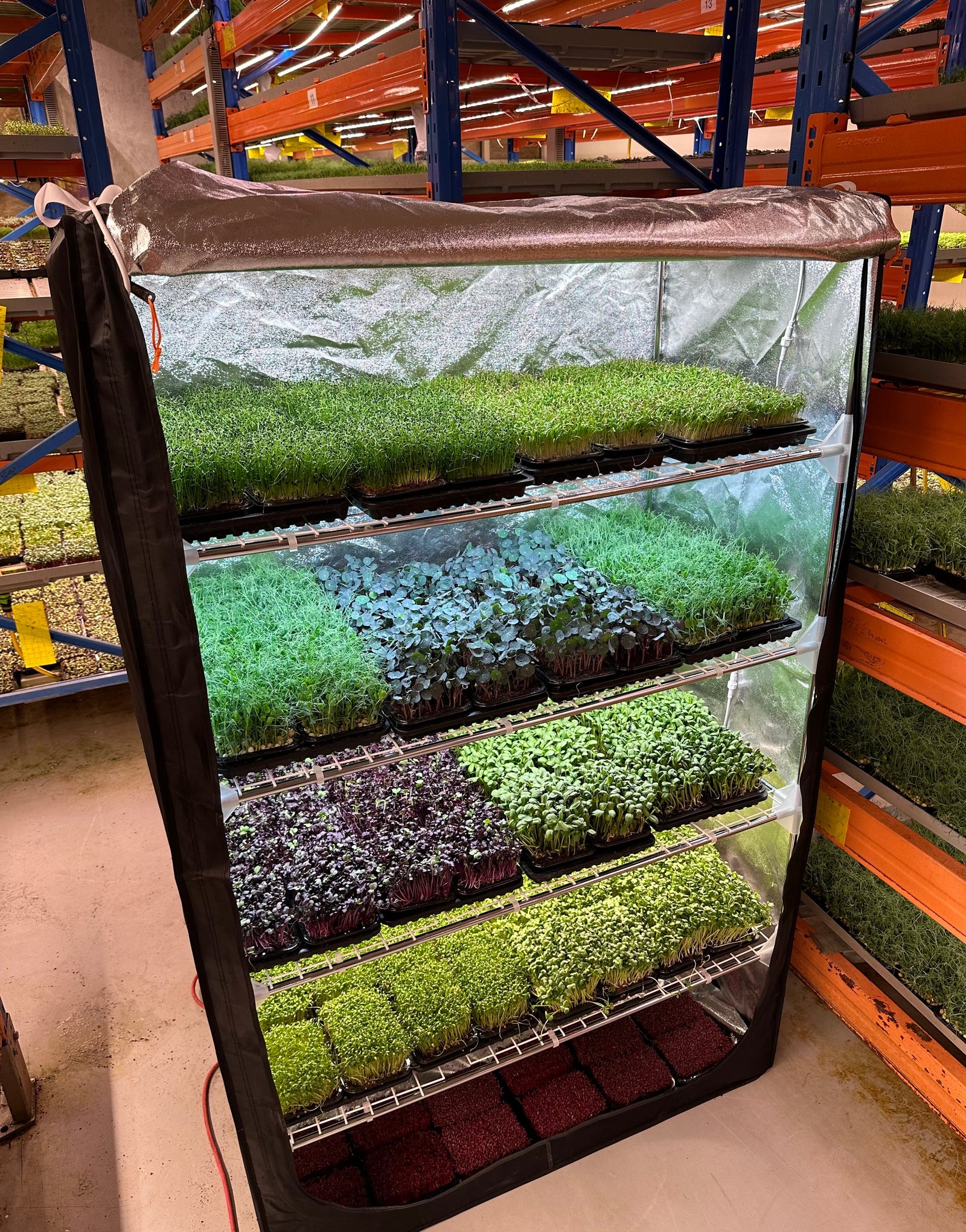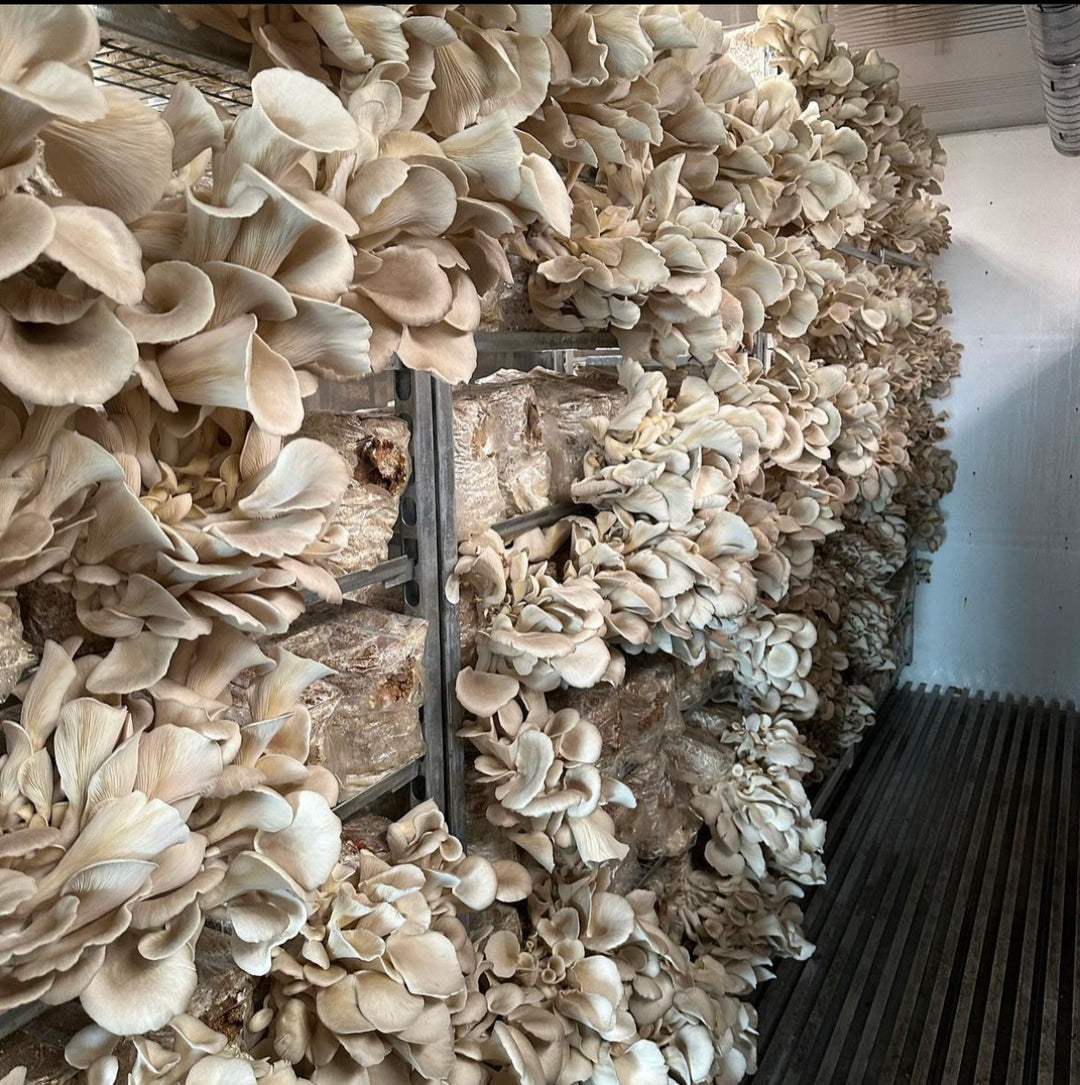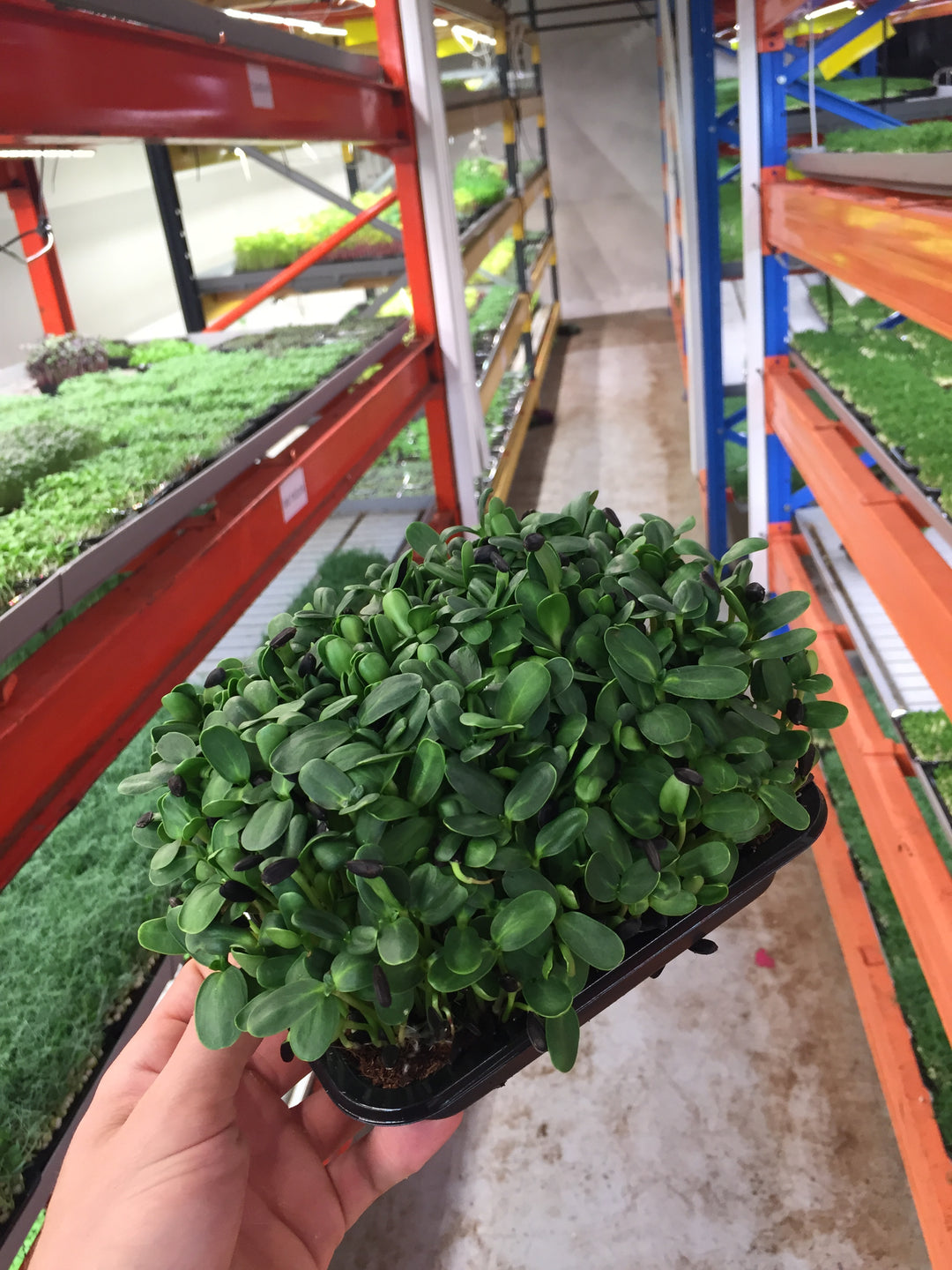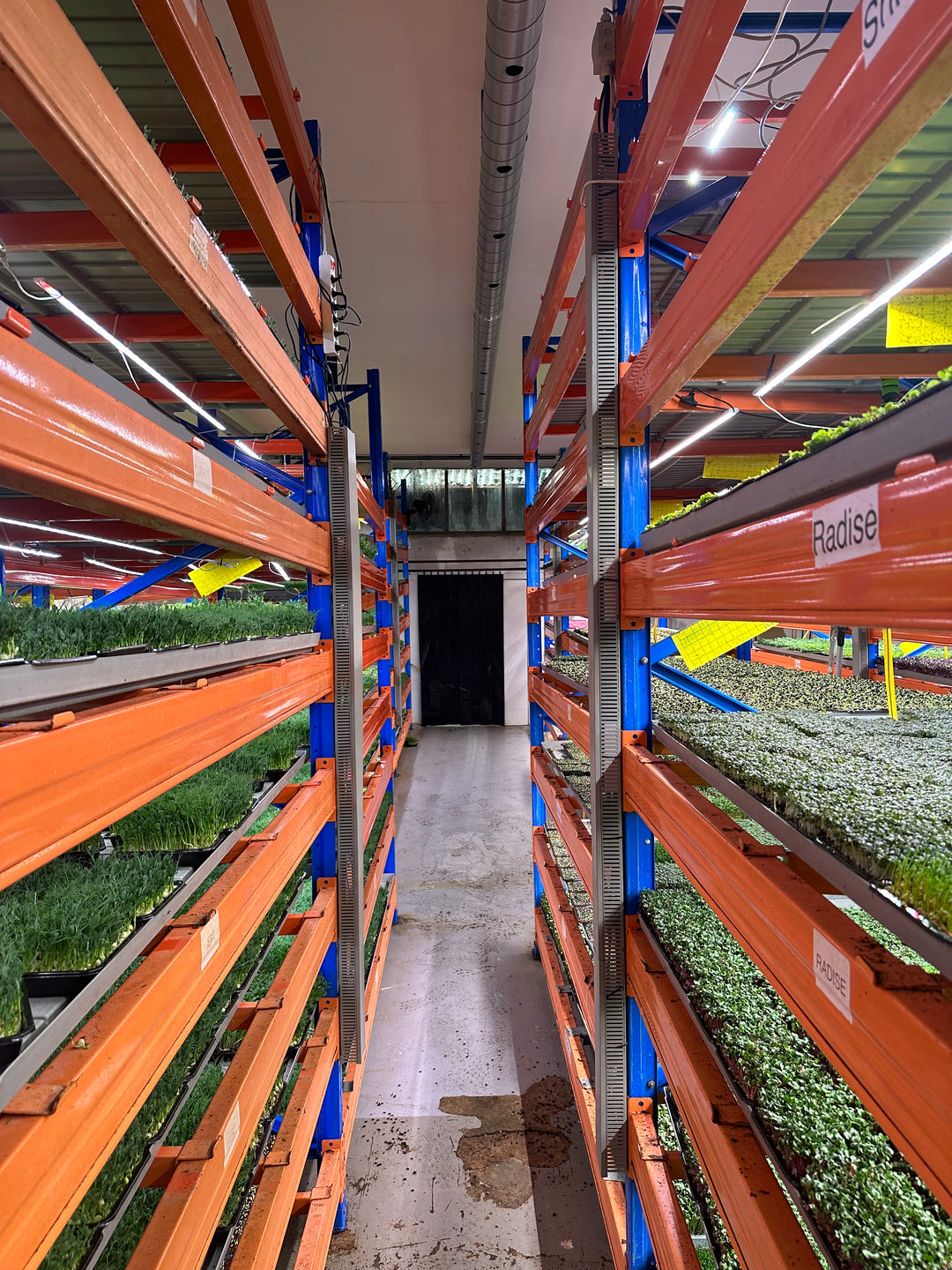Advantages of Having a Small Vertical Farm in Your Home

The concept of vertical farming has gained significant popularity in recent years due to its ability to maximize space, conserve resources, and produce fresh food in urban environments. While large-scale vertical farms in cities or industrial settings can help address food security and sustainability concerns, the benefits of smaller, personal vertical farming systems — especially in home settings — are equally compelling. Having a small vertical farm at home can not only enhance your living environment but also provide a variety of practical benefits, from fresher, healthier food to improved
air quality. In this blog post, we’ll explore the advantages of having a small vertical farm in your home and why it’s an ideal solution for urban dwellers, gardening enthusiasts, and those seeking to live more sustainably.
1. Maximizing Space for Food Production
One of the primary advantages of a vertical farm is its space efficiency. In urban settings, where living spaces are often small and outdoor gardening space is limited, a vertical farm allows you to grow a variety of plants in a compact footprint. Instead of sprawling out horizontally, vertical farms grow plants in stacked layers or towers, utilizing vertical space rather than horizontal space.
For example, you could use a vertical gardening system to grow a variety of herbs, leafy greens (like spinach, lettuce, or kale), or even small vegetables (such as cherry tomatoes or peppers) in an area as small as a kitchen countertop or a balcony. This means you don’t need a large backyard to enjoy homegrown produce. Even small apartments or city condos with little or no access to traditional outdoor gardening space can accommodate a vertical farm, bringing fresh, home-grown food into your life.
2. Fresh, Healthy Food at Your Fingertips
One of the most obvious benefits of having a vertical farm at home is the ability to grow fresh food right at your fingertips. Growing your own vegetables, herbs, and salad greens can ensure that you have a constant supply of nutrient-dense, fresh ingredients without needing to make frequent trips to the grocery store. This is particularly beneficial for people who prioritize healthy eating or want to include more plant-based foods in their diet.
The health benefits of growing your own food extend beyond just the freshness of the produce. By controlling the growing environment, you can avoid the use of harmful pesticides, herbicides, and synthetic fertilizers that are often found in commercially grown produce. This can result in cleaner, healthier food that is free from harmful chemicals and more nutritious than store-bought alternatives.
3. Year-Round Growing, Regardless of Weather
With a vertical farm in your home, you can grow fresh produce year-round, regardless of external weather conditions. Traditional gardening is often limited by the seasons, with cold weather or frost preventing you from growing certain plants during winter months. However, a small vertical farm in your home can be housed indoors, in a controlled environment where temperature, humidity, and lighting conditions can be optimized for plant growth.
Whether it’s a cold winter day or a scorching summer afternoon, your vertical farm will continue to thrive inside your home, producing fresh food whenever you need it. This means that you can have access to herbs and vegetables like basil, mint, lettuce, and arugula year-round, even if you live in a region with extreme seasonal variations.
4. Water Conservation and Sustainability
Traditional farming, especially in regions where water is scarce, can be incredibly resource-intensive, using vast amounts of water for irrigation. However, vertical farming systems, particularly those utilizing hydroponics or aeroponics, use significantly less water than conventional soil-based farming.
In hydroponic systems, water is recirculated, ensuring minimal water wastage. For instance, a hydroponic vertical garden uses up to 90% less water compared to conventional soil-based gardening. This is ideal for anyone looking to reduce their environmental footprint or conserve water in areas that may be facing drought or water shortages. Furthermore, because water is not lost to evaporation or runoff, vertical farms are much more water-efficient, which makes them a more sustainable option for home gardening.
5. Low Maintenance and Easy to Care For
Vertical farming systems are designed to be user-friendly and low maintenance, making them an excellent choice for those with limited time or gardening experience. Many small vertical farming systems are designed for ease of use, with built-in irrigation, nutrient delivery, and lighting systems that automate much of the care required for plant growth.
For example, some hydroponic or aeroponic vertical farms come with self-watering systems, and the plants are often positioned in a way that makes it easy to tend to them. This reduces the need for constant monitoring, watering, and weeding, which can be time-consuming with traditional gardening. For those who live in apartments or busy households, having a vertical farm allows you to enjoy home-grown food without spending hours tending to it.
6. Better Air Quality and Indoor Environment
Growing plants indoors offers more than just edible benefits. Plants are known to improve indoor air quality by absorbing carbon dioxide and releasing oxygen, making them a natural air purifier. Certain plants, such as herbs and leafy greens, can also absorb harmful pollutants like formaldehyde and benzene from the air, improving the overall indoor environment.
Incorporating a vertical garden into your home can have a positive effect on both air quality and the aesthetics of your living space. A vertical farm adds greenery to your indoor environment, creating a calming atmosphere and potentially reducing stress and improving mental well-being. The presence of plants in your home has been shown to improve mood, reduce anxiety, and increase productivity, making a vertical farm a healthy addition to your living space.
7. Cost Savings on Grocery Bills
Growing your own food at home can lead to significant savings on your grocery bills. While there is an initial investment required to set up a small vertical farm (such as purchasing the vertical garden system, hydroponic supplies, and grow lights), the ongoing costs are relatively low. Once the system is set up, the ongoing costs are limited to electricity for lights (if growing indoors) and occasional nutrient solutions or plant food.
By growing herbs and vegetables that you frequently buy at the store, you can save money over time. For example, growing your own basil, cilantro, or spinach can save you from repeatedly purchasing these items at the grocery store. Moreover, since vertical farms allow you to grow high-yield plants in small spaces, you can grow a large amount of food with a relatively small investment, further maximizing the return on your initial setup.
8. Educational and Fun for the Family
Having a vertical farm in your home is also a fun and educational activity for the whole family. Children, in particular, can learn about where food comes from, the importance of sustainability, and how plants grow, all while actively participating in the care and maintenance of the farm. This can be a valuable hands-on learning experience that teaches responsibility and fosters an appreciation for nature and healthy eating.
Additionally, growing your own food provides a sense of accomplishment and connection to the environment. Watching plants grow and thrive with your care is a satisfying experience, and it can bring a deeper understanding of the work that goes into producing the food we eat. It’s a wonderful way to bond with family members while also contributing to your overall well-being.
9. Aesthetic Appeal and Personalization
A small vertical farm can also enhance the aesthetic appeal of your home. With its sleek design and lush greenery, a vertical garden can add a modern, stylish touch to any room, whether it’s placed in the kitchen, living room, or even on a balcony. You can personalize your vertical farm to suit your preferences, choosing from a wide range of plants, including herbs, flowers, and even small fruiting plants like strawberries or dwarf tomatoes.
The vertical farming setup itself can be a statement piece, giving your home a touch of nature and transforming otherwise empty or underutilized spaces. Whether it’s a small countertop unit or a wall-mounted garden, a vertical farm can become an attractive focal point that adds life and energy to your home.
Conclusion
Having a small vertical farm in your home offers numerous advantages, from space efficiency and water conservation to year-round food production and improved air quality. Whether you live in a small apartment, a city condo, or just want a simple, sustainable way to grow fresh food indoors, a vertical farming system is a versatile and rewarding solution. It not only allows you to enjoy healthier, fresher food, but it also brings the benefits of reduced environmental impact, better indoor air quality, and an overall improved living space.
As more people embrace sustainable living and healthy eating, having a small vertical farm in your home can be a step towards a more self-sufficient, eco-friendly, and rewarding lifestyle. With minimal effort and maximum rewards, it’s an investment that can enhance both your health and your home.


